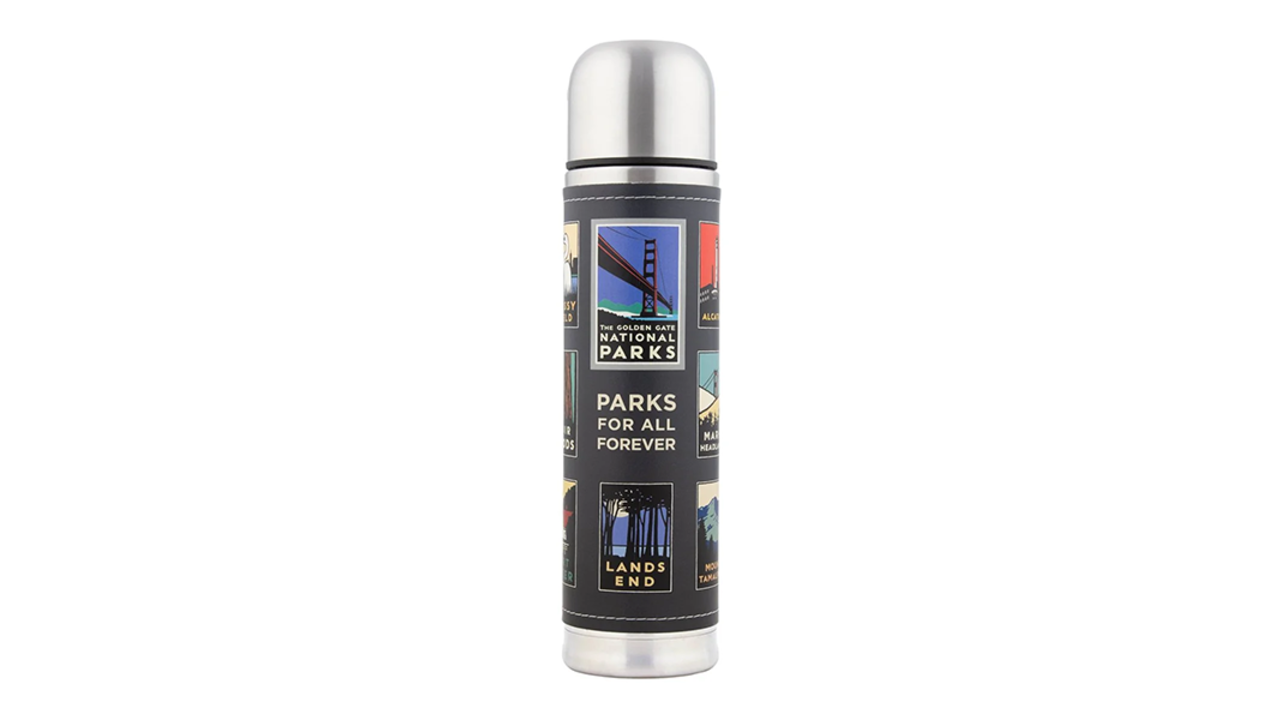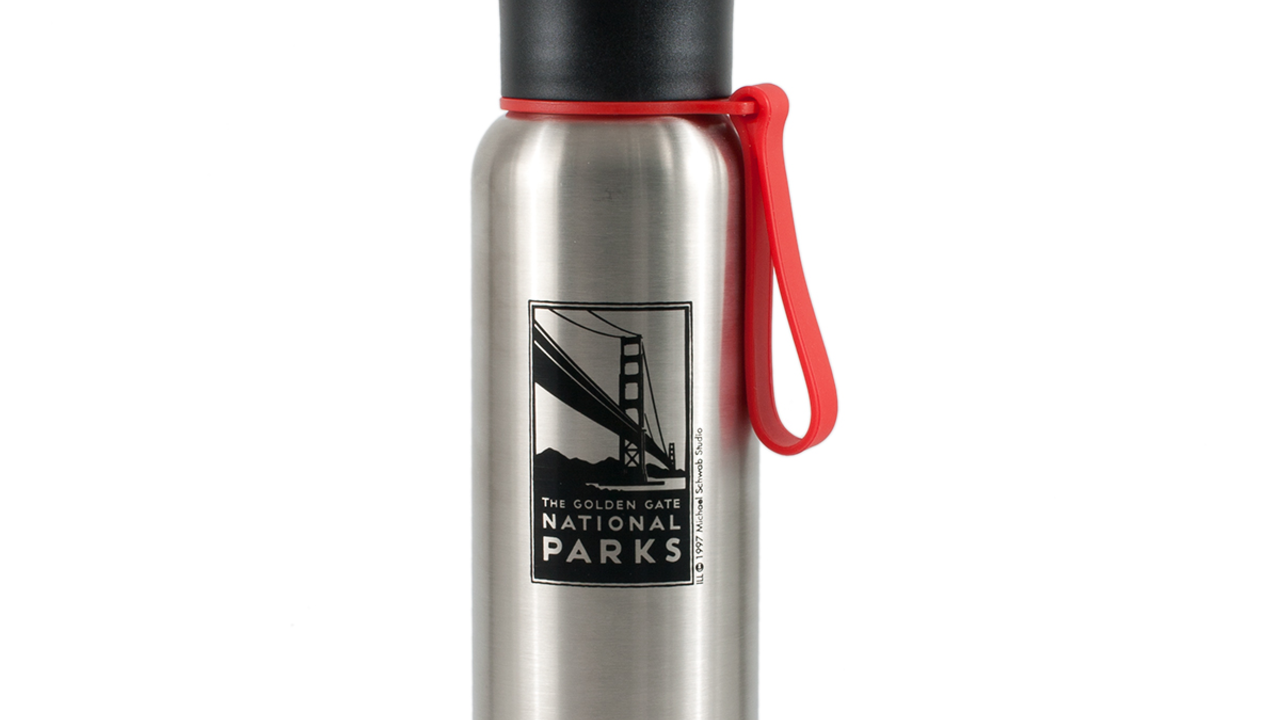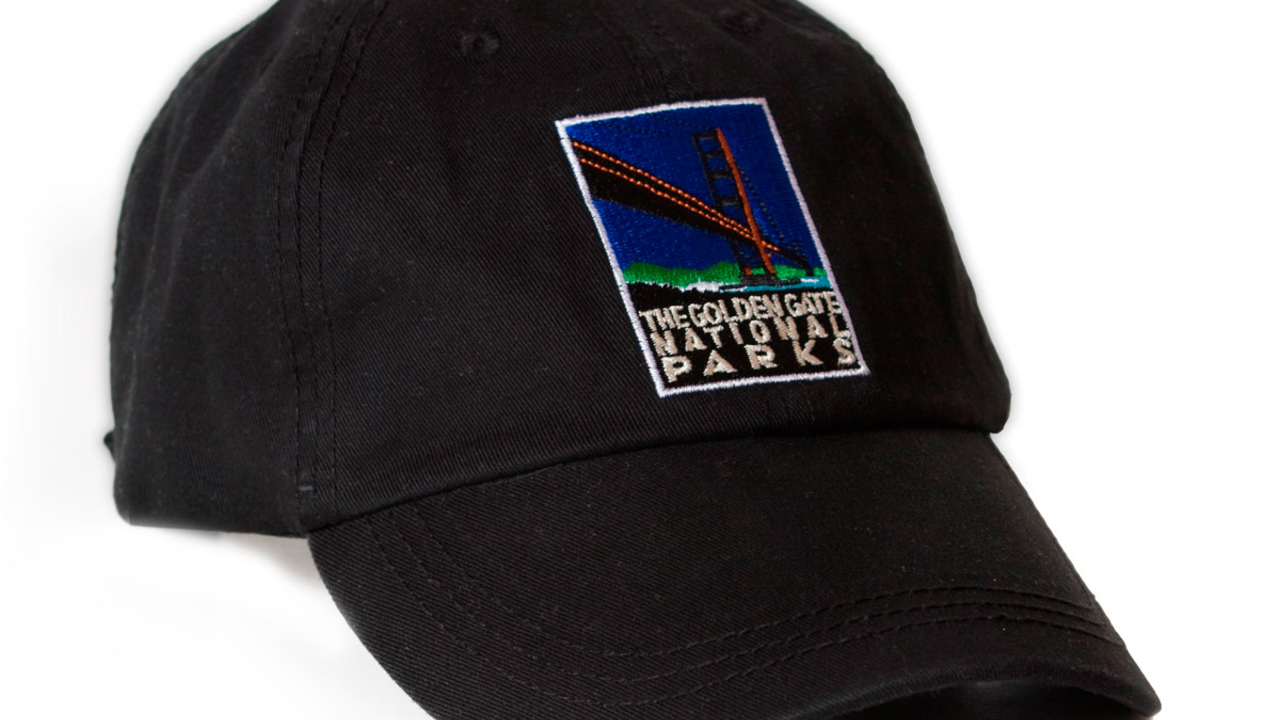When packing, consider factors like the weather and the difficulty and duration of your hike. While every hike and everyone’s needs are different, in general, every well-equipped hiker should carry the following:
Hiking backpack
A good hiking pack is comfortable and evenly balances its contents, so you’re not left sore the day after a hike. You can use a backpack, fanny pack, or any other bag-which-holds-things contraption, as long as it’s sturdy and big enough to fit your stuff.
Weather-appropriate clothes
Dress in layers! It’s better to wear several thin layers (like an undershirt, a light sweater, and a jacket) than one heavy coat, for instance. Once you get moving on the trail, you’re likely to get warm and want to take off layers, or put one on when the fog rolls in. Consider wearing base layers of synthetic materials rather than cotton. They will dry much quicker, keeping you comfortable throughout your hike.
Even on hot days, wear long-sleeved shirts and pants to protect you from the sun, bugs, and poison oak.
Footwear
For many trails in the GGNRA, sturdy and well-fitting sneakers will do for most people. However, if you’re hiking a trail with loose rocks, slippery surfaces, mud, or steep climbs, consider investing in a pair of hiking boots or trail runners to provide more grip and support.
Hydration
Many trailheads within the GGNRA have bathrooms but no running water, so you should plan to bring all the water you will need for your day hike. There’s no firm rule on how much water to bring but consider bringing at least 0.5L for every hour you plan on hiking, and more if it’s hot out or if you’re going on a particularly strenuous hike.
Nutrition
There’s nothing worse than being hangry on the trail (well, there’s something worse: being WITH someone hangry!). Luckily, it's easy to prevent such a catastrophe by packing snacks and meals you already love. You don’t have to bring special “trail food.” Parks Conservancy Youth Programs Coordinator Aimes Tam brings a fun mix of snacks for her hiking groups like juice boxes, Asian crackers, samosa chips, or even a whole picnic board of foods from around the world.
Some spots in the GGNRA (like Crissy Field, Ocean Beach, and the Presidio) are close to food vendors. Stop by the Warming Hut at Crissy Field or Ill Parco Restaurant at Presidio Tunnel Tops for a well-deserved treat!
Sun protection - Sunglasses, sunscreen, and clothing
Most trails in the park have sections exposed to the sun, so it’s important you bring appropriate sun-protection equipment like a hat, sunglasses, and sunscreen. Clothing, like sun protection-rated shirts and pants, should also be considered. With sunscreen, don’t forget to reapply often!
First-Aid Supplies
We hope you won’t need it, but if you do, a first aid kit is a (literal) lifesaver. You can put together your own kit or purchase one. Either way, don’t leave home without it.
A first aid kit will include bandages, antibiotic ointment, blister treatment, pain and burn relievers, and any personal medications you may need.
Navigation – maps, GPS, and a compasses
Even though trails within the GGNRA are clearly signed, it’s still possible to get lost. That’s why it’s important to always stay on official marked trails and bring navigation aids like maps, a compass, or even a GPS unit with you.
Don’t rely on your phone to get you out of a tough situation. Cellular service can be spotty or non-existent within the GGNRA. Pick up a trail map at a ranger station or trailhead, or screenshot one on your (charged) phone to make sure you won’t get lost on the trail.
Illumination – headlamp or flashlight
It’s always a good idea to have an illumination source with you. Just don’t forget to charge your flashlight or headlamp before you hit the trail.


